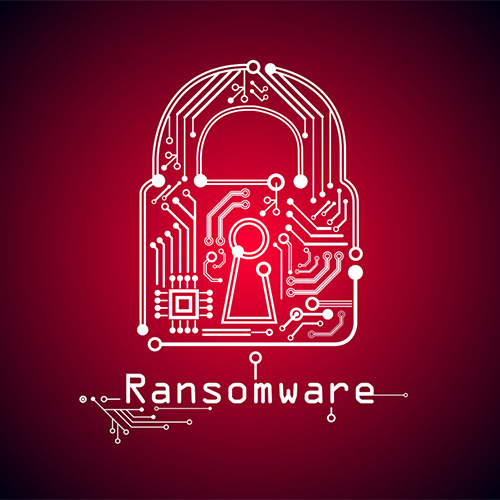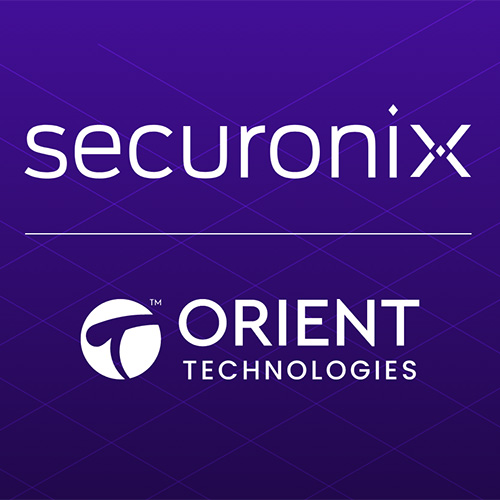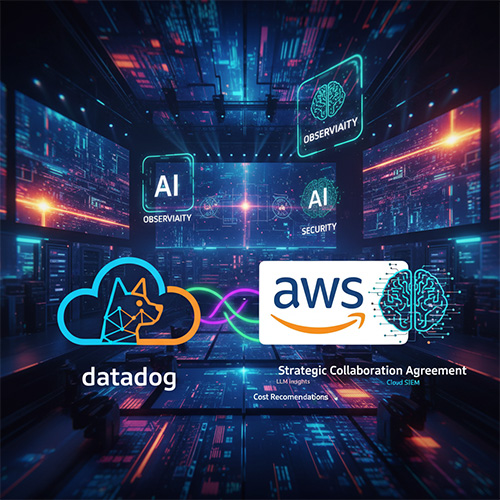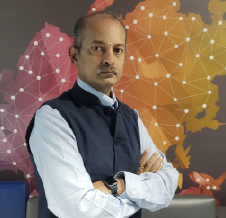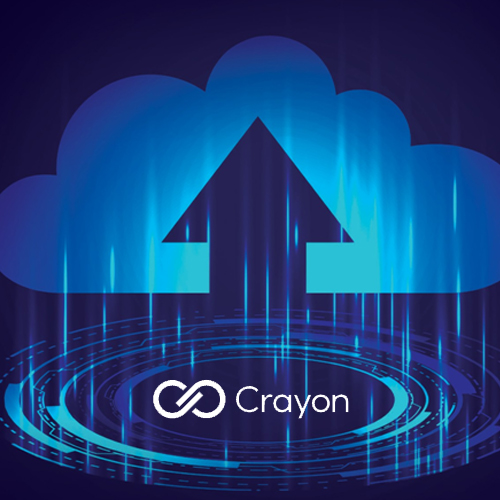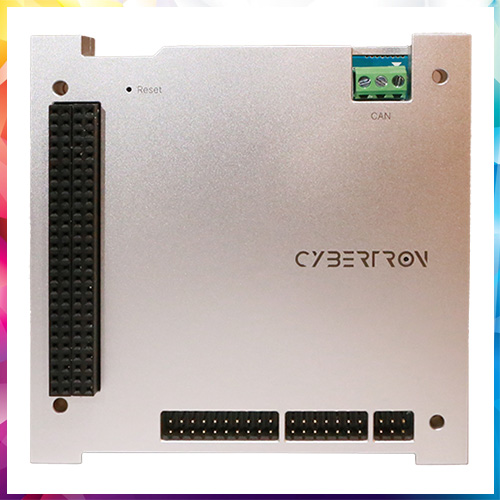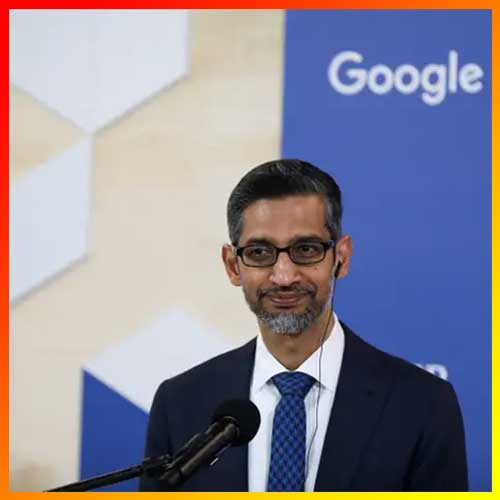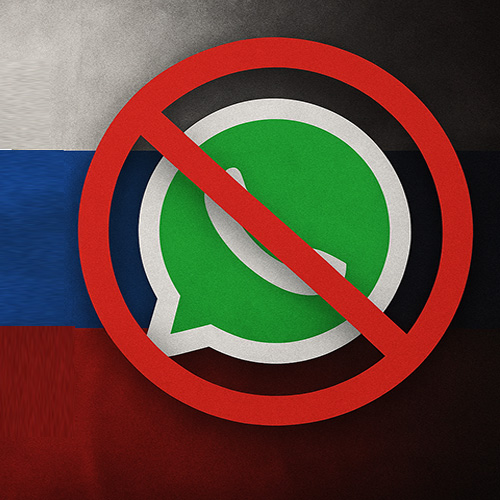
PRASENJIT MUKHERJEE
AVP (HEAD IT & DIGITAL), JWIL INFRA LTD.
The role of the CIO has undergone a major transformation, evolving from a traditional IT manager to a strategic leader deeply embedded in all business processes. As part of senior management or the board, today’s CIO is expected to drive business growth, agility, stability, and customer experience—making digitalisation and IT the essential backbone of modern enterprises.
With rising digital adoption comes heightened vulnerability. As cyber threats expand, CIOs must ensure a secure business environment through structured security frameworks, posture and compliance audits, and ongoing employee training. A robust IT strategy now demands a holistic approach—balancing security solutions, policies, audits, and human awareness.
Process automation and system integration are central to digital transformation. However, distinct architectures are needed for IT and OT automation, and implementing models like Zero Trust requires business-wide collaboration. The growing use of public AI services, due to cost constraints, introduces new risks, making strict agreements with providers and strong data protection strategies essential.
With increasing pressure to reduce human and operational costs while driving high growth, CIOs, CTOs, and CISOs are being called upon to deliver agile, tech-driven solutions. As automation (RPA, AI, ML) takes over more functions, these roles will only grow in significance. Still, DPO responsibilities remain distinct and should ideally function independently, supporting IT leadership in compliance and data protection.

See What’s Next in Tech With the Fast Forward Newsletter
Tweets From @varindiamag
Nothing to see here - yet
When they Tweet, their Tweets will show up here.





